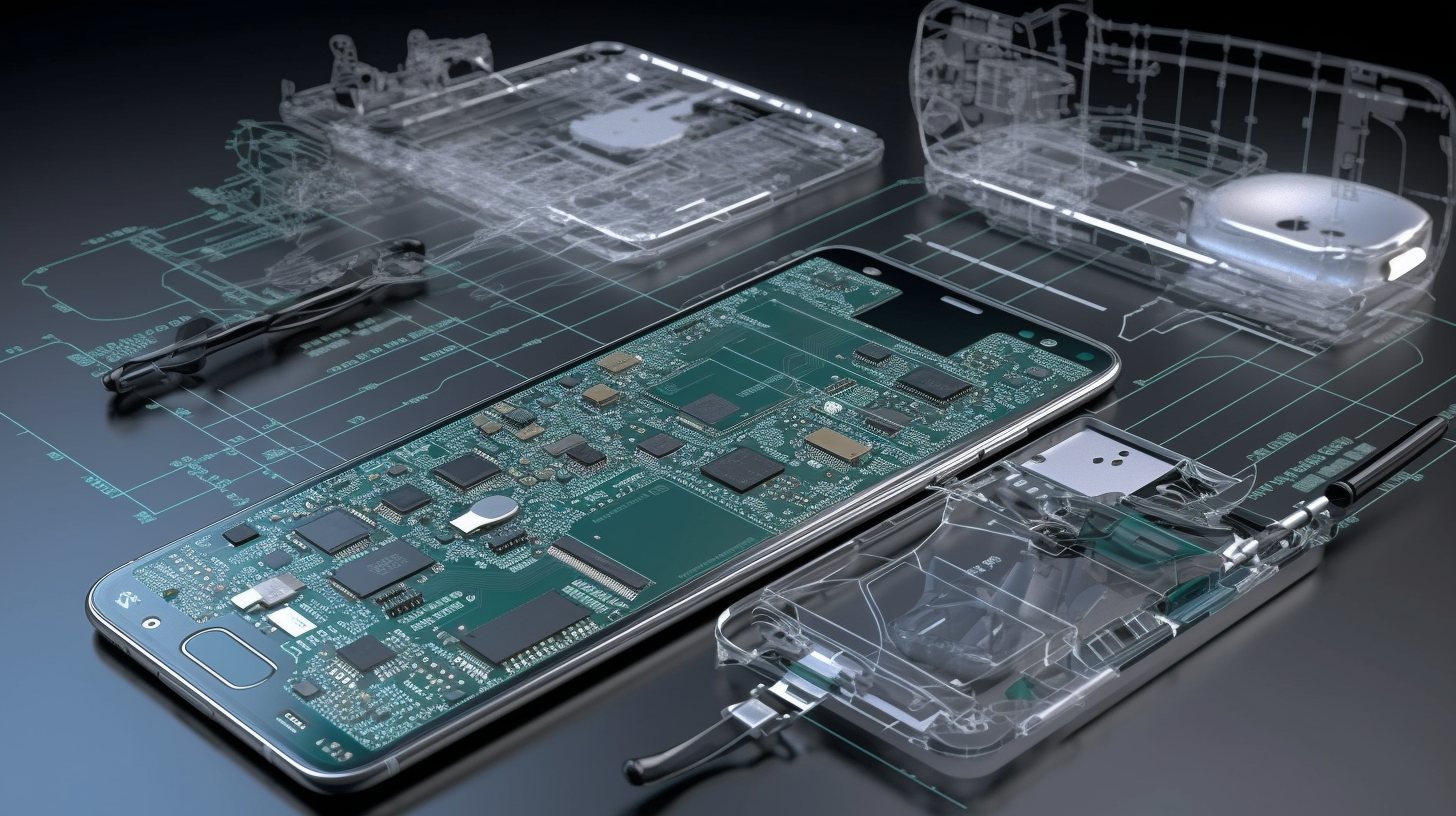Dealing with the Unexpected: Troubleshooting Common Issues with Mobile Devices as per CompTIA A+ Core 1 (220-1101) Exam

An Academic Perspective: Understanding the Underpinnings
We live in an increasingly connected age, where mobile devices have become invaluable parts of our personal and professional lives. However, with the proliferation of techno-wizardry in every nook and cranny, troubleshooting common issues with these devices has become a critical skill set - a focal point in the CompTIA A+ Core 1 (220-1101) Exam. Imbibing an understanding of the fundamental aspects of mobile hardware, software, network connectivity, and security can lead to developing an efficient troubleshooting process. The quintessential routine includes identifying the problem, rationalizing the potential causes, extrapolating the most probable one, proposing a solution, testing said solution, and documenting everything for future reference.
Mobile devices are susceptible to various hardware problems like battery drain, overheating, malfunctioning peripherals, cracked screens, and others. Software issues can range from unresponsive applications, malware intrusions, incompatibility amongst certain apps, and a torrent of other potential hiccups. Network connectivity issues stem from weak signals, incorrect settings, problematic routers, and interruptions from certain physical objects. Secure data storage and privacy issues can originate from unprotected Wi-Fi connections, phishing attacks, spyware, or unsafe mobile applications. Being able to navigate this labyrinth of potential problems, single out probable causes, and suggest effective solutions is the crux of this portion of the exam.
By the Numbers: Statistical Evidence of Mobile Troubleshooting
Okay, let's consider a quick glance over some numbers to get a taste of the gravity of this issue in real-world terms. According to a report by Blancco, a global leader in mobile device diagnostics, in Q4 2019, Android devices had a failure rate of 82%, whereas iOS devices were at 68%, emphasizing the fact that no platform is immune to issues. Mobile apps crashed on 32% of iOS devices tested, while Android saw crashes on 22% of its devices.
Now, let's talk about malware. The mobile malware realm saw an astonishing increase of 54% in 2019 (as per the 2020 Symantec Threat Security Report). This doesn't just affect individuals but businesses as well. A Ponemon Institute study revealed that 68% of organizations had been victims of a mobile attack in the past 12 months as of 2018.
Hang on, can't overlook the battery problems! According to a 2019 survey by eMarketer, 22% of smartphone users reported battery life as their chief complaint. Just imagine, if they knew how to troubleshoot and optimize their device, they might have saved a power bank's worth of energy!
Alright, folks, that's merely a scratch on the vast glacier of mobile device issues. Therefore, knowledge in troubleshooting is not only sought after, but extremely necessary in our digital age. A solid grasp on recognizing and rectifying the multitude of potential problems can really save the day, and ace your CompTIA A+ Core 1 (220-1101) Exam! So, gear up and start troubleshooting your way to success!